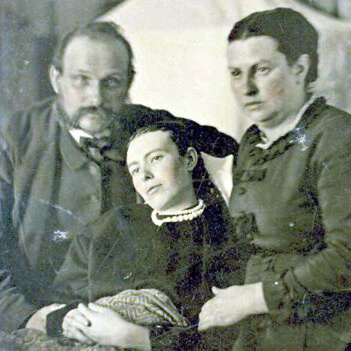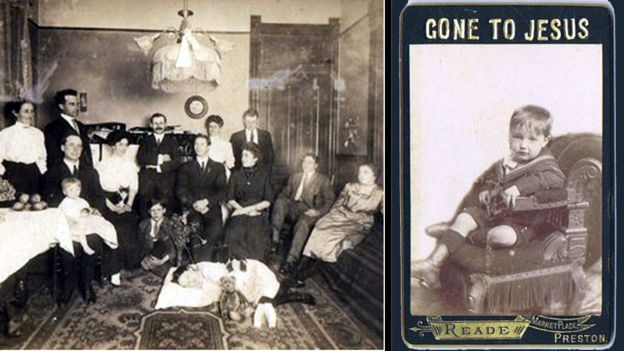A friend of Blue Moth Creative recently brought this interesting BBC News article to light which highlights the historic practice of death photography:
Taken from Life: The Unsettling Art of Death Photography
Bethan Bell
BBC News
June 5th, 2016 – England
Photographs of loved ones taken after they died may seem morbid to modern sensibilities. But in Victorian England, they became a way of commemorating the dead and blunting the sharpness of grief.
In images that are both unsettling and strangely poignant, families pose with the dead, infants appear asleep, and consumptive young ladies elegantly recline, the disease not only taking their life but increasing their beauty.
Victorian life was suffused with death. Epidemics such as diphtheria, typhus and cholera scarred the country, and from 1861 the bereaved Queen made mourning fashionable.
Trinkets of memento mori – literally meaning “remember you must die” – took several forms, and existed long before Victorian times.
Locks of hair cut from the dead were arranged and worn in lockets and rings, death masks were created in wax, and the images and symbols of death appeared in paintings and sculptures.
But in the mid-1800s photography was becoming increasingly popular and affordable – leading to memento mori photographic portraiture.


